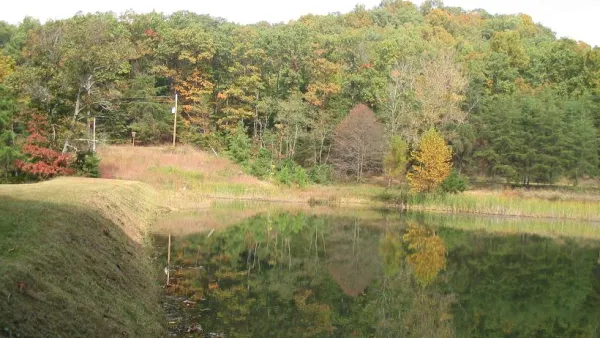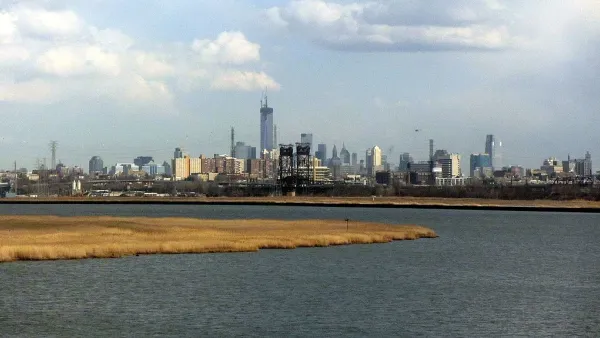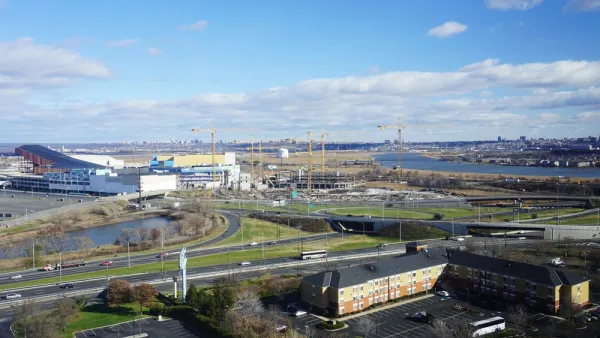The Hackensack River in New Jersey, suffering the ill effects of a century of industrial impacts, is badly in need of environmental remediation. The U.S. EPA announced this week that it will study the river as a potential Superfund site.
"In an acknowledgment that the Hackensack River remains seriously polluted with a century of industrial waste, the federal government will consider adding the river to the federal Superfund list, a program reserved for the country’s most contaminated sites," reports James O'Neill.
Environmental protection groups like the Hackensack Riverkeeper have made strides in cleaning the river and its watershed, but the damage remains, to a certain extent, intractable. Bill Sheehan, executive director of the Hackensack Riverkeeper, is quoted in the article: "It wasn’t easy to convince me to take this route, especially since we’ve been the chief cheerleader for the river and done everything we could to celebrate the river and get people more involved in it….But the sediment is still horribly contaminated, and if we’re really going to give the river back to the people it belongs to, we need to get the sediment cleaned up."
As for what the assistance of the U.S. EPA warrants the site: "Superfund status for the 17-mile stretch of the river would prompt a multiyear investigation into both the extent of contamination and which companies would be responsible for cleanup costs, followed by more study to determine the best cleanup plan, which could include dredging and capping contaminated sediment."
New Jersey is the nation's capital of Superfund sites, with 114 in total. According to O'Neill, there are six Superfund sites in the Hackensack River's watershed, an ecosystem known as the Meadowlands.
FULL STORY: EPA considering Hackensack River for cleanup plan

National Parks Layoffs Will Cause Communities to Lose Billions
Thousands of essential park workers were laid off this week, just before the busy spring break season.

Retro-silient?: America’s First “Eco-burb,” The Woodlands Turns 50
A master-planned community north of Houston offers lessons on green infrastructure and resilient design, but falls short of its founder’s lofty affordability and walkability goals.

Delivering for America Plan Will Downgrade Mail Service in at Least 49.5 Percent of Zip Codes
Republican and Democrat lawmakers criticize the plan for its disproportionate negative impact on rural communities.

Test News Post 1
This is a summary

Test News Headline 46
Test for the image on the front page.

Balancing Bombs and Butterflies: How the National Guard Protects a Rare Species
The National Guard at Fort Indiantown Gap uses GIS technology and land management strategies to balance military training with conservation efforts, ensuring the survival of the rare eastern regal fritillary butterfly.
Urban Design for Planners 1: Software Tools
This six-course series explores essential urban design concepts using open source software and equips planners with the tools they need to participate fully in the urban design process.
Planning for Universal Design
Learn the tools for implementing Universal Design in planning regulations.
EMC Planning Group, Inc.
Planetizen
Planetizen
Mpact (formerly Rail~Volution)
Great Falls Development Authority, Inc.
HUDs Office of Policy Development and Research
NYU Wagner Graduate School of Public Service





























